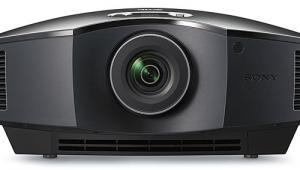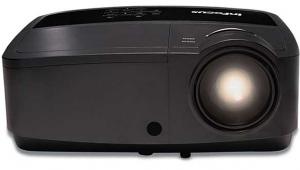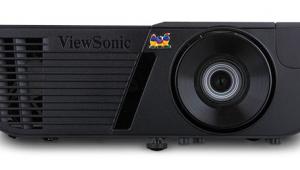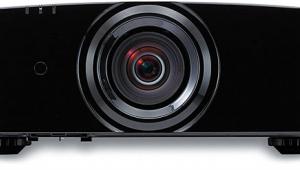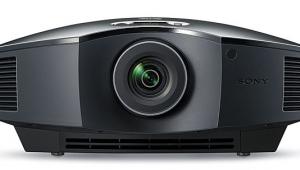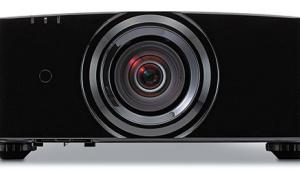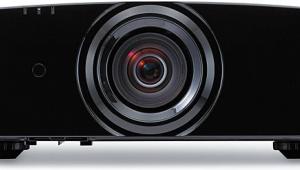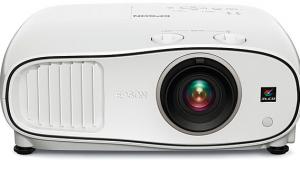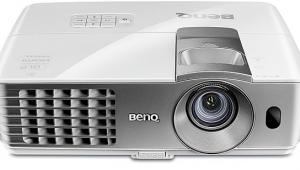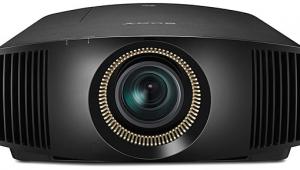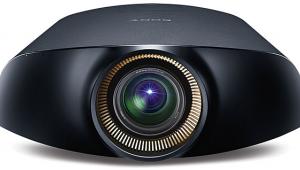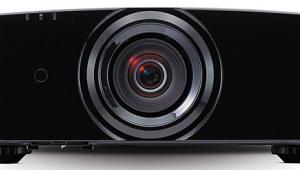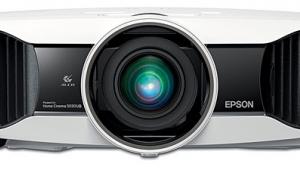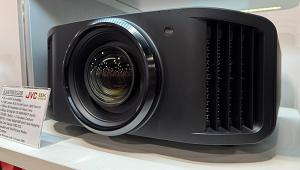For less than the price of a good 50-inch TV, the Optoma HD142X projector shoots out wall-filling swathes of full-HD clarity. patching drywall Lake Nona FL
Optoma HD142X 3D DLP Projector Review
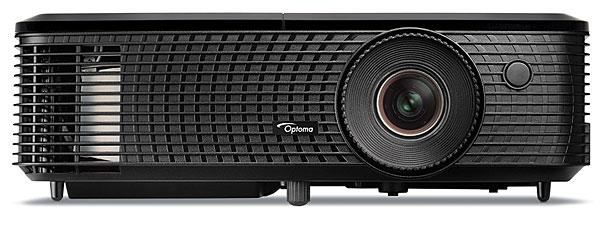
AT A GLANCE
Plus
Great value
Good overall performance
Backlit remote control
Minus
Limited installation features
So-so contrast
THE VERDICT
Good overall performance, ample adjustments, and a low price make Optoma’s HD142X a great entry-level projector.
You might not be aware of it, but there’s a new war going on. No, it’s not between countries, ideologies, or individuals; it’s between DLP projector manufacturers. A handful of companies are battling to provide a single-chip model that delivers the best-looking, brightest picture at the lowest price. Over the past few months, I’ve reported on two such projectors, the ViewSonic LightStream Pro7827HD ($890, Sound & Vision, September) and the InFocus ScreenPlay SP1080 ($549, see review at soundandvision.com). Next up: Optoma’s HD142X ($579), another affordable model aimed at the casual home theater fan and gamer.
At a foot wide by 9 inches deep and weighing only 5.5 pounds, the HD142X is compact enough for portable use. This 3D-capable 1080p-res projector uses a sixsegment (RGBCYW) color wheel and features Texas Instruments’ BrilliantColor technology to enhance color richness. It also has a Reference preset picture mode that, according to Optoma, delivers accurate Rec. 709 color straight out of the box. Brightness is spec’d at 3,000 lumens and lamp life at 6,000 hours when the projector is used in Eco lamp mode.
Connections include a pair of HDMI 1.4a inputs—one of them MHL-compatible. A nearby USB port supplies power to HDMI streaming sticks that might require that. You also get a 3.5mm stereo audio output jack and a 12-volt trigger output to control a motorized screen.
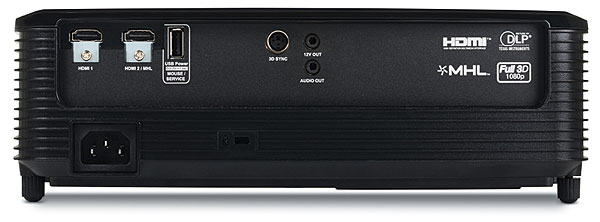
Optoma gives you two options for viewing 3D with the HD142X: Buy a pair of DLP Link glasses (Optoma’s own ZD302 sells for $49) or use the company’s ZF2300 RF active-shutter glasses with their BC300 RF emitter ($69 for both). For my test, I used a generic pair of DLP Link glasses, which worked out just fine.
Unlike the other two budget projectors mentioned above, the HD142X has a remote control with a keypad that’s fully backlit. Since most people use a projector in a dark (or at least dim) room, this is a highly desirable feature. The remote is also the perfect size: small enough that you can hold it in one hand and reach all the buttons with your thumb, but big enough that you can see each button’s label without squinting. Importantly, it provides easily accessible controls for brightness and contrast, so you can make those adjustments on the fly.
Setup
To test the HD142X, I positioned it on a low table that was 10 feet from a 90-inch-diagonal, 1.1-gain Stewart Filmscreen Cima Neve projection screen. The Optoma’s 1.1x zoom and its lack of a vertical or horizontal lens shift control mean that you have limited flexibility during setup. I did find the adjustable feet on the front and back of the projector useful for tweaking image position, however.
The projector’s picture presets include Cinema, Film, and Reference modes, all of them confusingly described in the owner’s manual as being the right one to use for watching movies. There are also Game and Bright presets intended for use in high-ambient-light environments.
After making initial measurements in the Cinema and Reference modes, I went on to calibrate the HD142X’s picture in the User mode to correct for reddish grayscale and inaccurate color points that both Cinema and Reference presented (Reference less so than Cinema). The Optoma provides RGB gain and cutoff controls for grayscale, as well as a comprehensive set of color management system adjustments to dial in accurate primary and secondary color points. Gamma presets also include a Standard (2.2) setting that provides greater linearity than the other preset options.
- Log in or register to post comments


